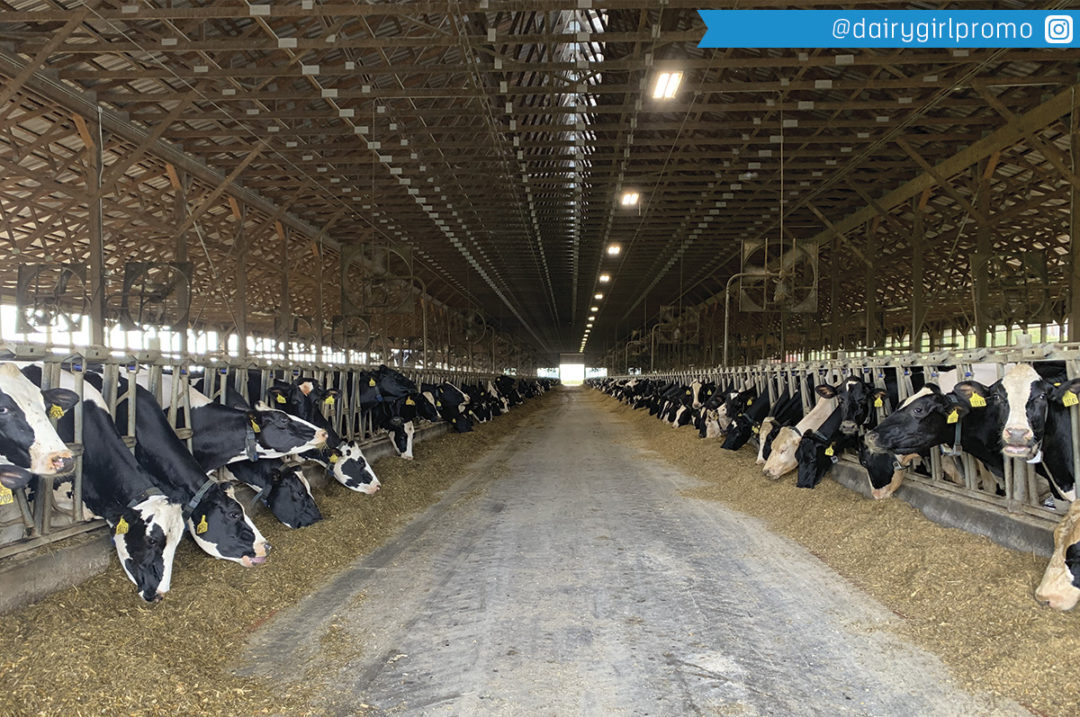A leader of any successful dairy operation will tell you how critical it is to have a strong nutrition program to maximize milk components and overall milk yield. Thanks to advances in research over the decades, farmers can now produce more milk, with more fat and protein components, while growing fewer acres of crops. What we know about balancing fatty acids in rations is an important scientific breakthrough that gives us the ability to improve fat and protein yields in dairy herds.
While there is more than one school of thought on the optimal mix of fatty acids in a ration, oleic acid (cis-9 C18:1) has recently been shown to improve fatty acid digestibility. Several recent studies reported in the Journal of Dairy Science, including one presented at the 2022 American Dairy Science Association’s (ADSA) annual meeting, are challenging conventional thinking on the role of oleic acid in increasing milkfat and milk yield, raising the question – could high-oleic-acid products, such as calcium salts, suppress milkfat composition?
The oleic acid that reaches the duodenum is very digestible. Oleic acid in the rumen of a cow undergoes a process called biohydrogenation. Recent research revealed that 70%-80% of oleic acid in the ration is biohydrogenated into stearic acid, as much as 94% of that consumed. There is no technology today that will protect oleic acid or other unsaturated fatty acids from this process. Research published this year suggests that oleic acid that is not fully biohydrogenated may be suppressing milkfat yield rather than improving it. The data suggests that cows simply can’t pass oleic acid through their rumen quickly enough, and the partially biohydrogenated oleic acid is isomerized into trans-10 oleic acid, among other trans isomers. The trans-10 isomer is known to be involved in diet-induced milkfat depression. The four oleic acid studies all reported reductions in milkfat percentage, with three of the studies showing a significant reduction.
A recent article published in the Journal of Dairy Science may shed some light on the inconsistencies observed in recent oleic acid research. They revealed that the extent of biohydrogenation of oleic acid is over 80% and takes place at a rate of over 60% per hour. This makes the delivery of oleic acid post-ruminally difficult since calcium salts of palm fatty acids are not inert.
To put it into context, let’s assume a feeding program aims to deliver 40 to 60 grams of oleic acid post-ruminally. The fatty acid profile of the calcium salt is 35% oleic acid, and rumen microbes are able to biohydrogenate 80% of that oleic acid. Hence, you would need to feed 1.8 pounds of calcium salts per cow to achieve optimal results. But herein lies the catch-22: Calcium salts are known to suppress dry matter intake (DMI) in cows, a 2.5% reduction for every 1% inclusion in the diet. Therefore, the more calcium salts fed to a cow, the less she will eat in general, creating a cycle of lower milk components and yield compared to bypass fats containing mostly saturated fatty acids.
My intent is not to question the validity or accuracy of past research but to simply point out there is still much to be learned about the true role of oleic acid and calcium salts in a cow’s diet. There are some very bright minds working in dairy nutrition, and I look forward to seeing what generations to come will learn because, ultimately, we all are working toward the same goal – science-based solutions that make our dairy operations more efficient and profitable.
References omitted but are available upon request. Click here to email an editor.












